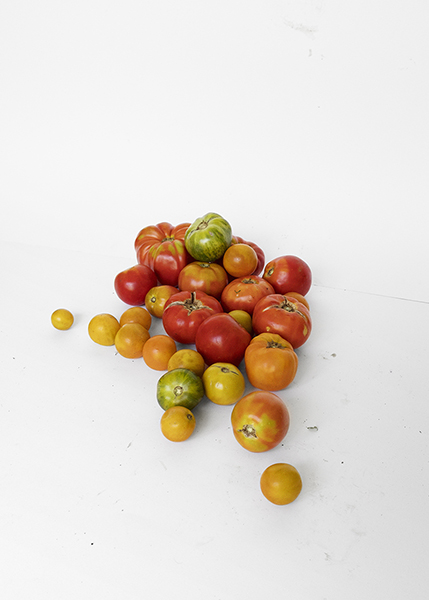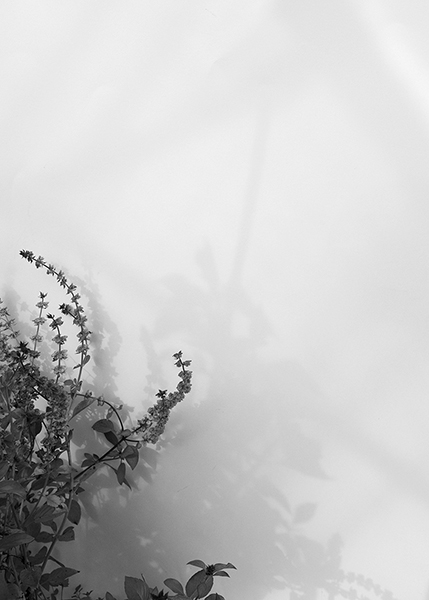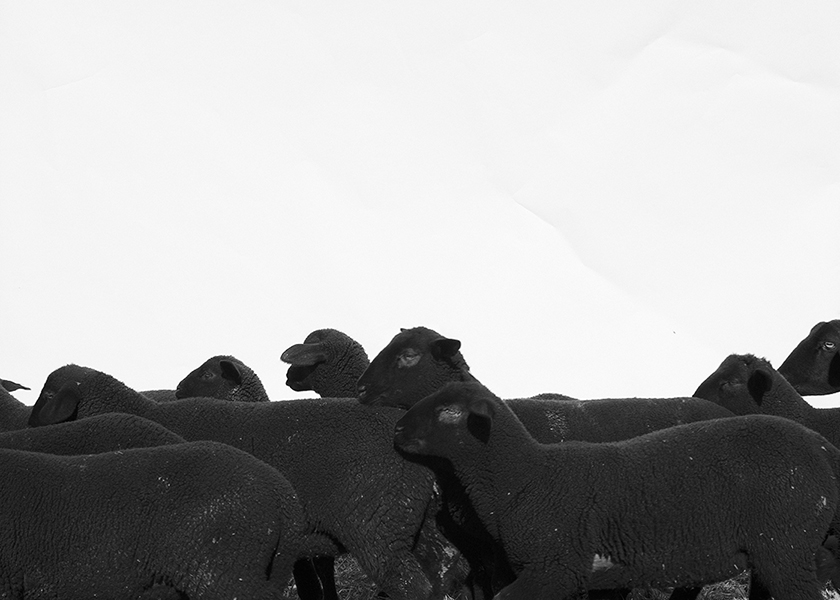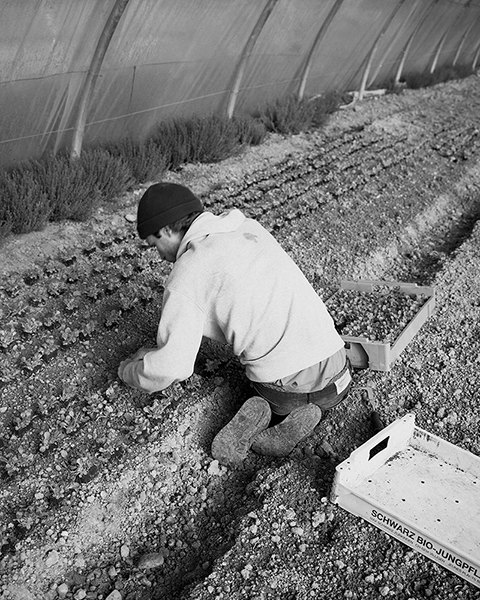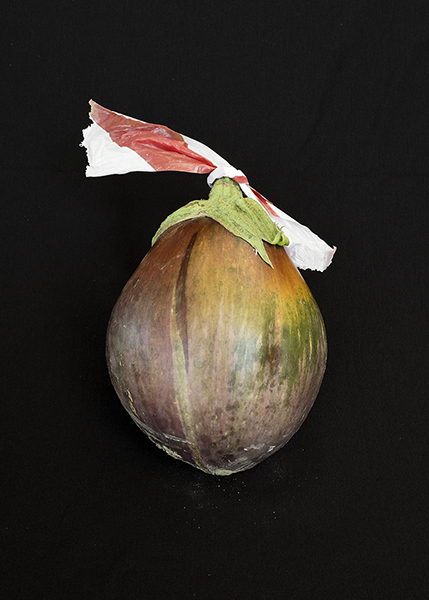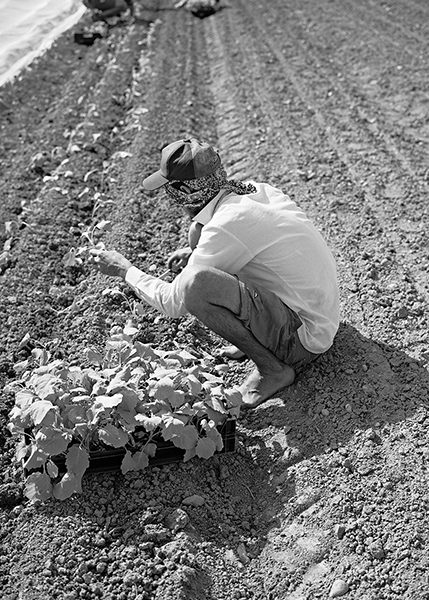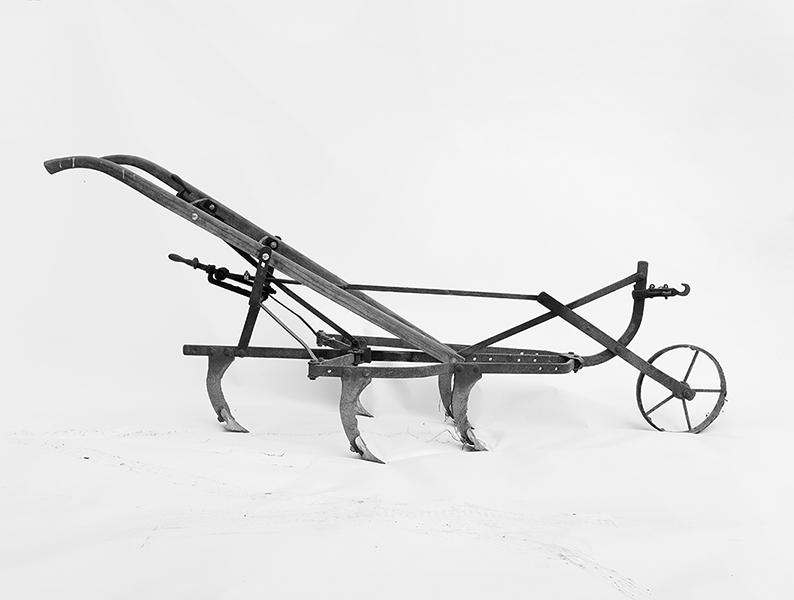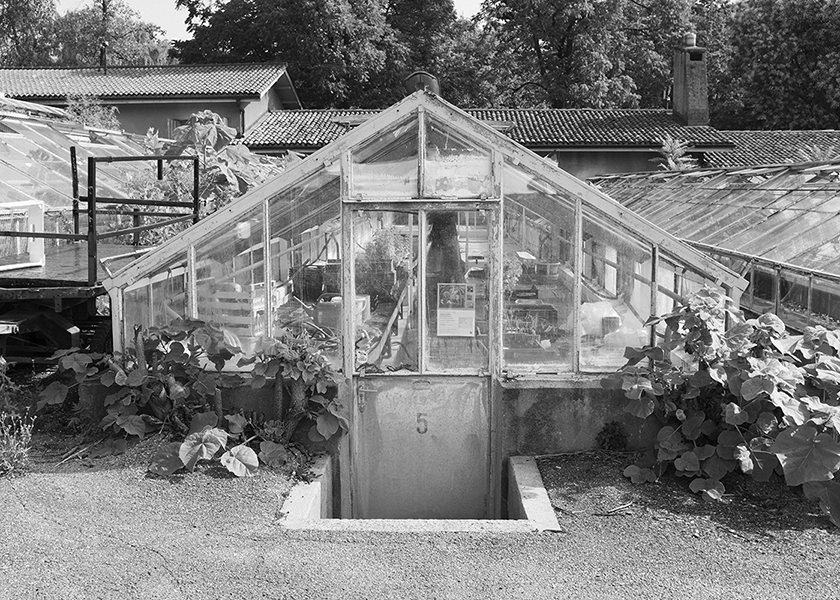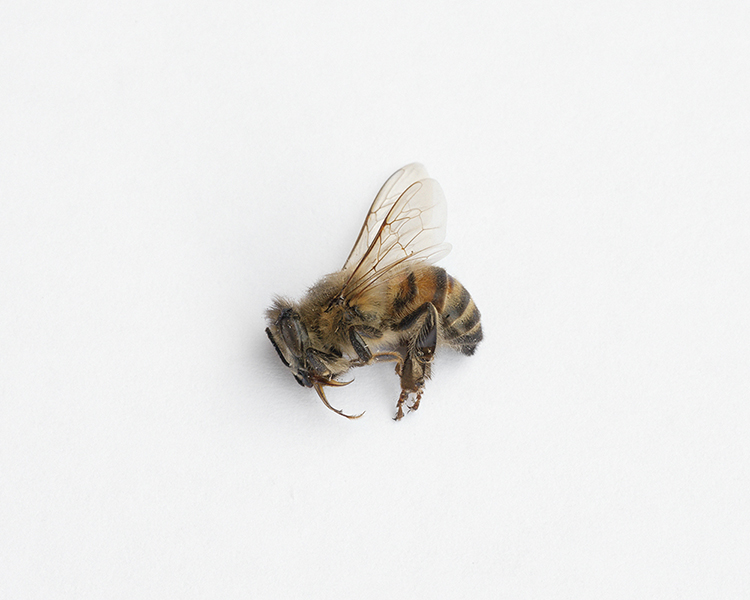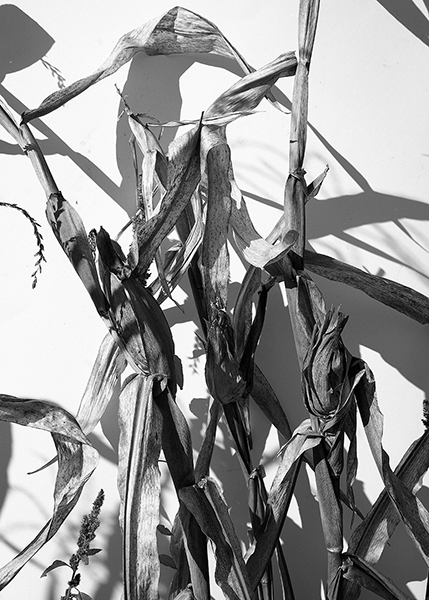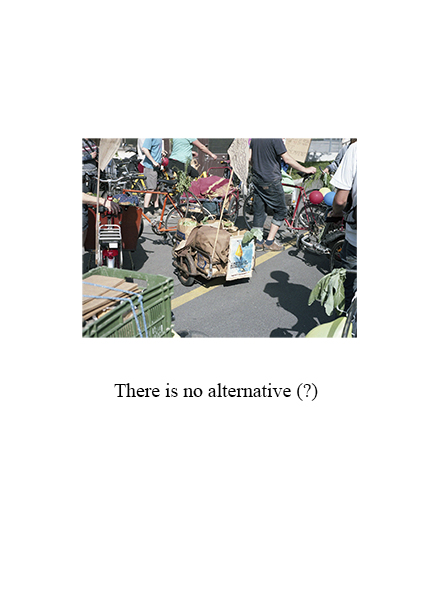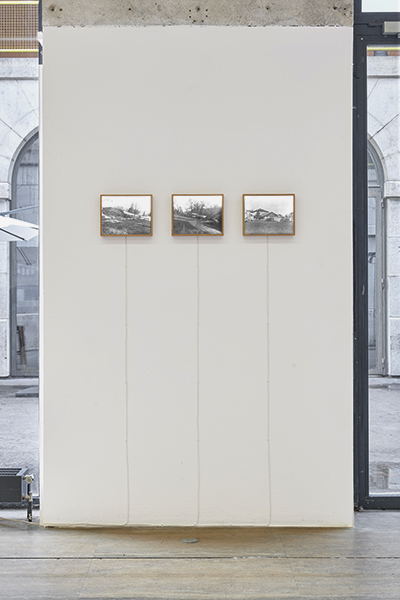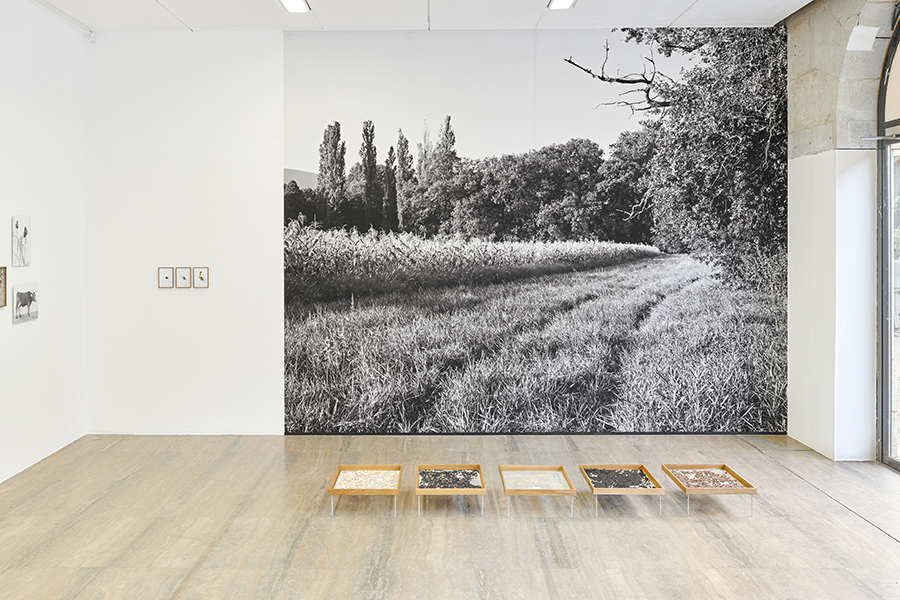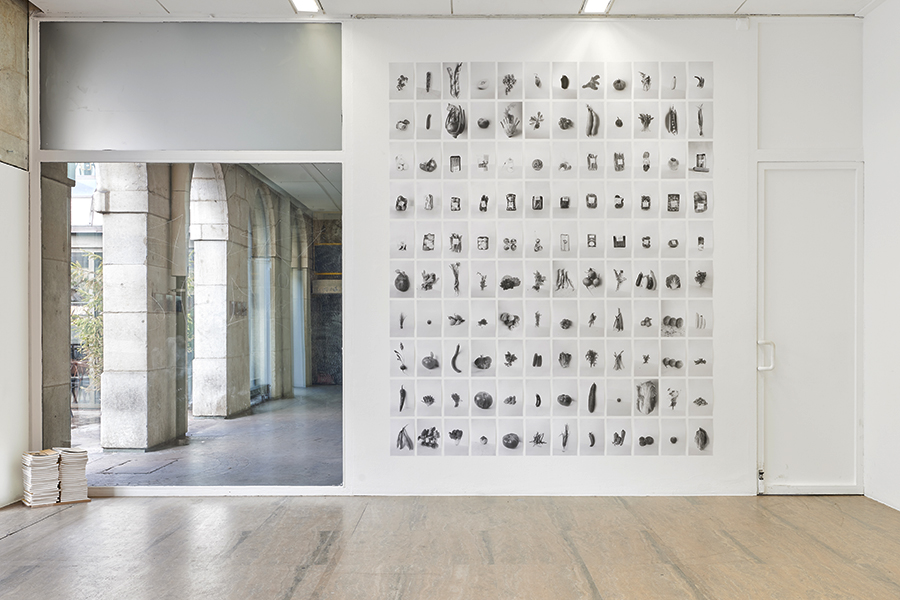TINA(?) Is a work on peasant agriculture. After receiving a grant from the city of Geneva in Switzerland, I spent a year in the fields watching the farmers at work, growing vegetables for us, in peaceful places and enjoying an essential atmosphere. Agriculture is a central topic around the world nowadays and many actors have a completely different ideas about what it should be like. The main concerns of large multinationals are to increase their capital and their market base, aiming to get it’s monopoly. Whenever the dangerousness of pesticides and GMOs, the loss of biodiversity and pollution, are put forward, their main argument is that if you want to feed the planet, There Is No Alternative. Yet, in opposition to industrial agriculture a new form of agriculture. It is based on the concept of sustainability, in accord with the respect of economic, environmental and social standards.These agricultures are based on the principles of local production and proximity between the producer and the consumer. These forms of agriculture try to be as autonomous as possible and to no longer depend on agribusiness. In this purpose, they find important to minimize inputs using their own seeds, making their own organic fertilizers and fodder and especially, using neither pesticides nor herbicides. In this renewed peasant farming the human relationship between the consumer and the producer is essential, the participation of the consumer to production, transformation or distribution of the products is strongly desired. Finally, the ecological dimension is essential: genetically modified organisms are banned and organic farming is strongly recommended. In this work, I wanted to put in perspective these two different forms of agriculture, one through images and the other through texts. This allows a text / image dialogue that should lead de reader to think about it and build up it’s own opinion.
«Yann Haeberlin’s book Tina(?)—an acronym for There Is No Alternative (?)—presents an elegant meditation on the artist’s time spent on an organic farm in Switzerland. Formerly viewed as a radical approach to agriculture, organic farming is no longer dependent on the use of pesticides. Throughout the book, Haeberlin inserts bits of text to explain the long history between herbicides and chemical warfare, and the motivations behind farmers returning to a more natural and sustainable approach. The images are a combination of “vegetable. portraits,” farm tool still lifes, and documentation of the landscape. Many of the subjects are shot, studio-style, in front of a white backdrop, often with the edges of the backdrop revealed within the frame. The book itself, with its exposed binding, raw cardboard paper case, and muted tones “looks really natural and without artifice, signaling a return to nature,” says Christoph Wiesner. -The PhotoBook Review, Issue 15
« Animaux, outils, fruits et légumes, humains courbés sur la terre. L’ordre importe peu. Mieux vaut ce désordre apparent qui provoque le regard, lui propose une énigme. Désordre fécond des divers éléments d’un tableau à la fois profondément local et absolument universel. La juxtaposition des images tisse un réseau de sens auquel répond le sujet même : l’agriculture locale de proximité unit une multitude d’acteurs par des liens aussi ineffables que nécessaires. Le photographe les observe pour mieux les mettre en relation, présentant cette vie commune de manière ludique et malicieuse, pour rendre justice aussi à l’équilibre délicat et au labeur patient que requiert une activité empreinte d’humilité. » Raphael Piguet


